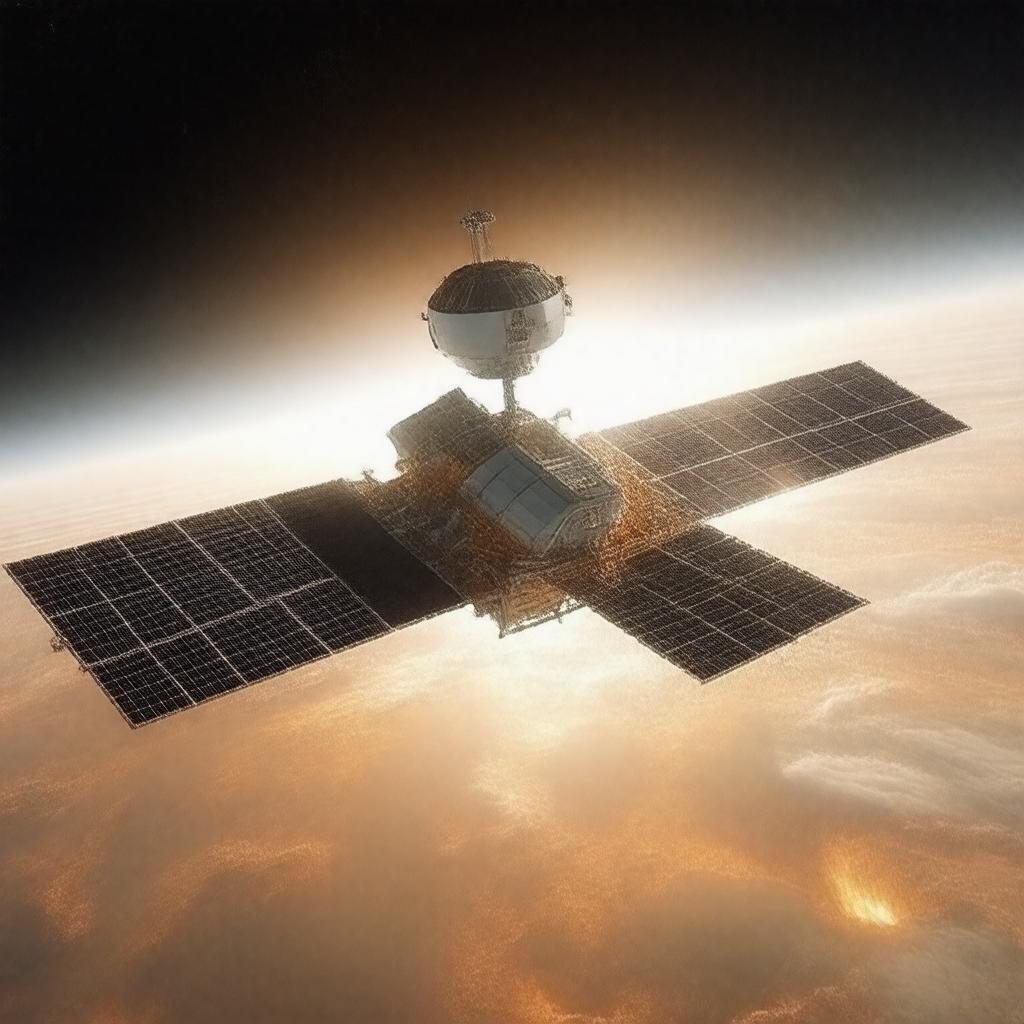
AI-created image
Statements (24)
| Predicate | Object |
|---|---|
| gptkbp:instanceOf |
gptkb:satellite
|
| gptkbp:apogee |
0.73 AU
|
| gptkbp:closestApproachToSun |
less than 10 solar radii
|
| gptkbp:duration |
planned 7 years
|
| gptkbp:goal |
study the outer corona of the Sun
|
| gptkbp:instrument |
gptkb:FIELDS
gptkb:ISʘIS gptkb:SWEAP gptkb:WISPR |
| gptkbp:launchDate |
2018-08-12
|
| gptkbp:launchSite |
gptkb:Cape_Canaveral_Space_Launch_Complex_37B
|
| gptkbp:launchVehicle |
gptkb:Delta_IV_Heavy
|
| gptkbp:manufacturer |
gptkb:Johns_Hopkins_University_Applied_Physics_Laboratory
|
| gptkbp:missionType |
solar observation
|
| gptkbp:namedAfter |
gptkb:Eugene_Parker
|
| gptkbp:operator |
gptkb:NASA
|
| gptkbp:orbitType |
88 days (initial)
|
| gptkbp:perihelion |
0.046 AU
|
| gptkbp:powers |
solar panels
|
| gptkbp:status |
operational
|
| gptkbp:website |
https://www.nasa.gov/content/goddard/parker-solar-probe
|
| gptkbp:bfsParent |
gptkb:National_Aeronautics_and_Space_Administration
|
| gptkbp:bfsLayer |
4
|
| http://www.w3.org/2000/01/rdf-schema#label |
Parker Solar Probe
|